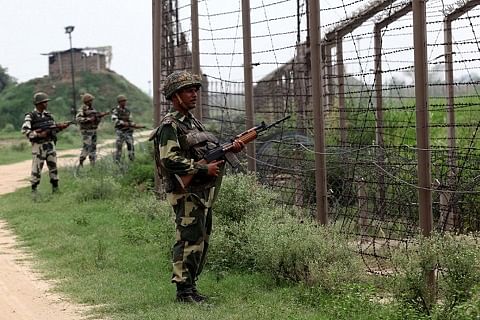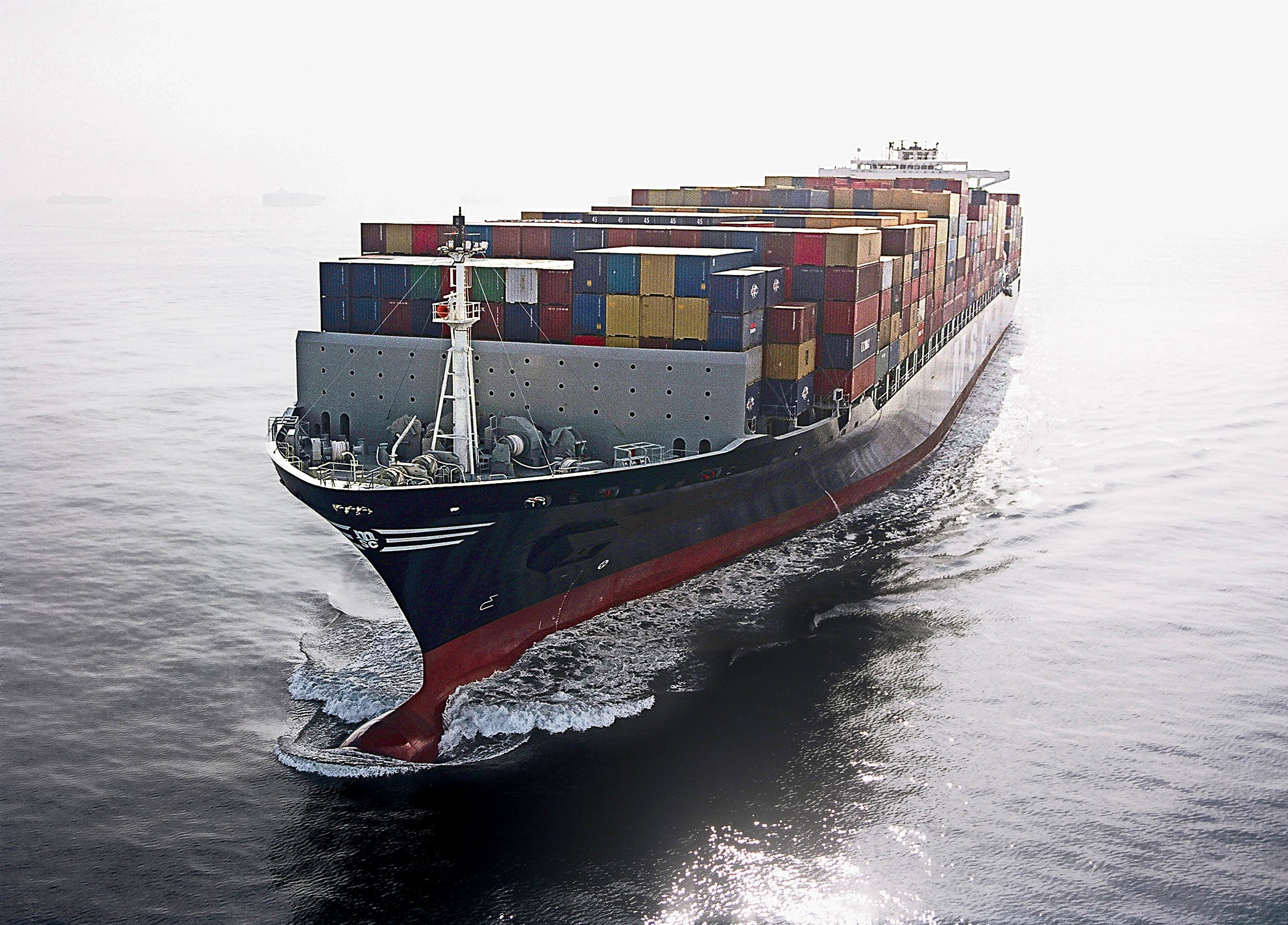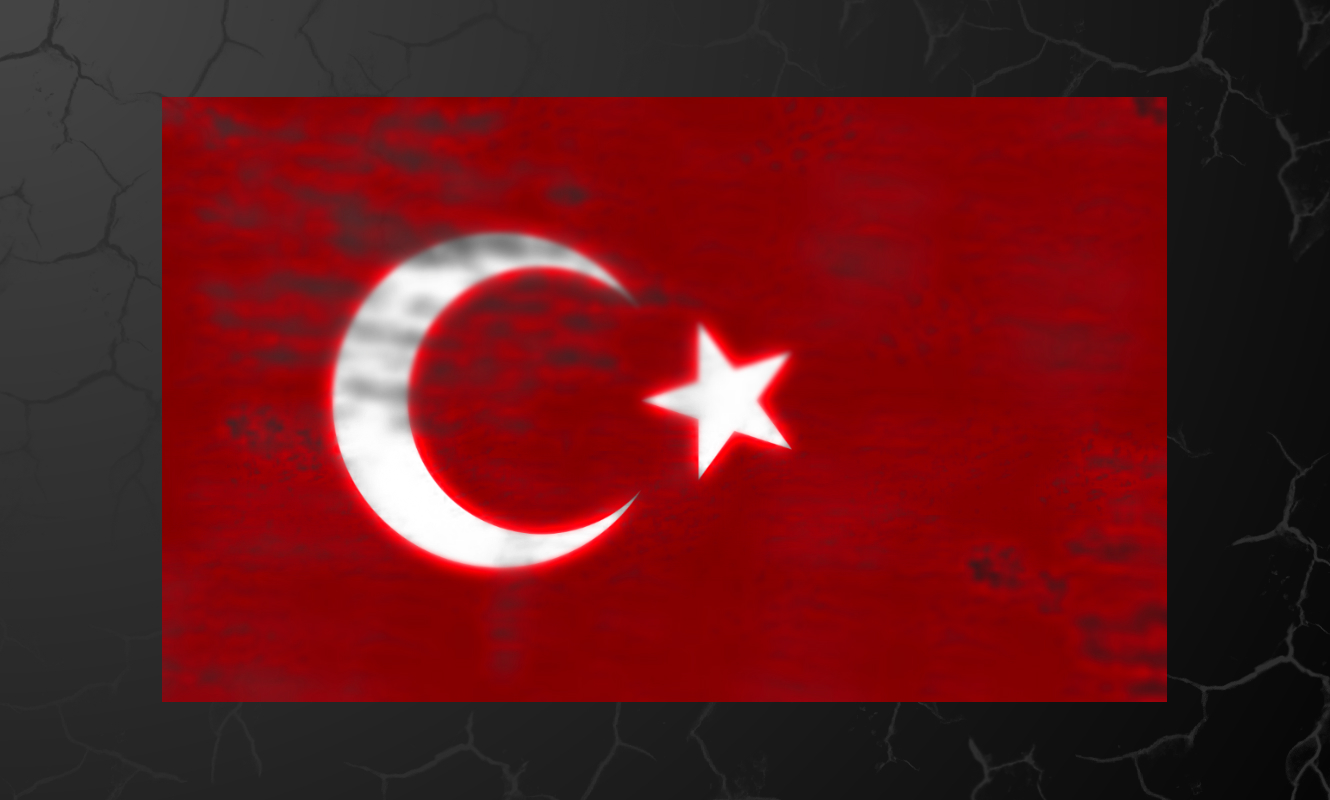
- Select a language for the TTS:
- UK English Female
- UK English Male
- US English Female
- US English Male
- Australian Female
- Australian Male
- Language selected: (auto detect) - EN
Play all audios:
Although his oeuvre has long remained under the radar, Eugène Leroy is counted among the greatest artists of the twentieth century. It was only in 1988 that his first major Parisian
exhibition was held right here at the Musée d'Art Moderne in these same ARC spaces. Spanning over sixty years, the output of this painter – who was born in Tourcoing in 1910 and died in
2000 – was equally based on the perception of the real and an ideal vision of painting. Partial to the old masters and willingly anachronistic, Eugène Leroy revisited traditional
iconographic subjects such as nudes, self-portraits, still lifes, or landscapes throughout his lifetime. More than a retrospective, the exhibition layout, organized thematically, highlights
the complexity of a lengthy creative process and pictorial experimentation. For years Eugène Leroy juggled his painting activity with a career as a Latin and Greek teacher. Since his first
solo show, held in Lille in 1937, he has made his mark as an artist in a category of his own. He exhibited his canvases in Paris in 1943, then participated in several iterations of the Salon
de Mai in the 1950s. He travelled often in Europe, then to the United States and Russia, where he visited museum collections, seeking to associate his painting with that of the great
masters and hone the pictorial knowledge essential to his work. In 1958, he moved into a small home-studio in Wasquehal, in northern France. The Parisian gallery Claude Bernard exhibited his
work in 1961. lt was on that occasion that the German painter Georg BaseIitz and the dealer Michael Werner discovered his work. "I found in it images, as brown as fields, as stone, as
wood, as mass, as scent. A simple Dutch composition with an unheard-of accumulation of colors. [ ... ] A heap of splattered sheet metal from a dovecote that enlightened me," wrote
Baselitz. In 1978, his eldest son opened the Jean Leroy gallery in Paris, where he regularly presented his father's work. In 1982, Jan Hoet, then director of the Museum of Contemporary
Art in Gand, Belgium, whom Leroy had met during a trip to the United States, devoted a major exhibition to his work and included him in Documenta 9 in Kassel. At the same time, the
establishment of a fruitful collaboration with Michael Werner allowed Eugène Leroy's oeuvre to gain European and international recognition. As Bernard Marcadé has pointed out, "the
contribution of Eugène Leroy's oeuvre to twentieth century art is decisive because it bears witness to an incessantly reiterated combat of painting and image." Beyond its
thickness - but also thanks to it - this painting creates a new pictorial language that is deeply rooted in the real without any concern for its legibility. Eugène Leroy sought to capture a
truth about perception while preserving the emotion that makes it possible. "All I have ever tried to do in painting is reach [ ... ] a kind of absence almost, so that painting is
totaIly itself," he stated in 1979. He reworked his canvases, sometimes over the course of several years, until the quasi-disappearance of the subject. The difficulty of discerning at
first glance the painted motif allows the viewer to linger aver the physical presence of the work. His painting was " an act of memory, a projection forward across the present darkness
of history," to borrow the poet Yves Bonnefoy's well-turned phrase about Rimbaud. Partial to the old masters and willingly anachronistic, Eugène Leroy revisited traditional
iconographic subjects such as nudes, self-portraits, still lifes, or landscapes throughout his lifetime. More than a retrospective, the exhibition layout, organized thematically, highlights
the complexity of a lengthy creative process and pictorial experimentation. Eugène Leroy's works are held in major public and private collections in France and abroad. With around forty
paintings and drawing, acquired thanks to purchases and regular donations since 1988, the Musée d'Art Moderne de Paris is now considered a reference place for the artist. Other news
about Eugène Leroy: the exhibition _Eugène Leroy. À contre-jour_ is presented from 28 April to 2 October 2022 at the MUba Eugène Leroy in Tourcoing.








